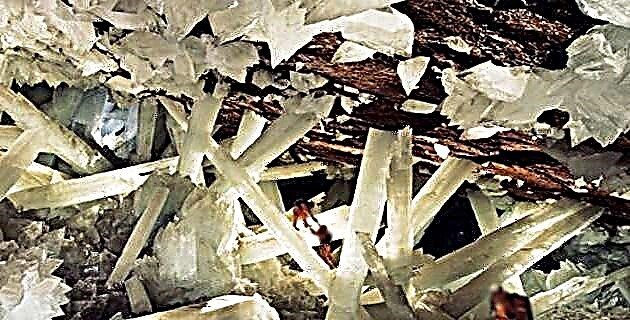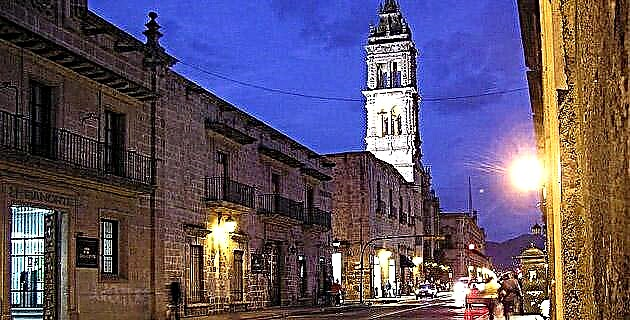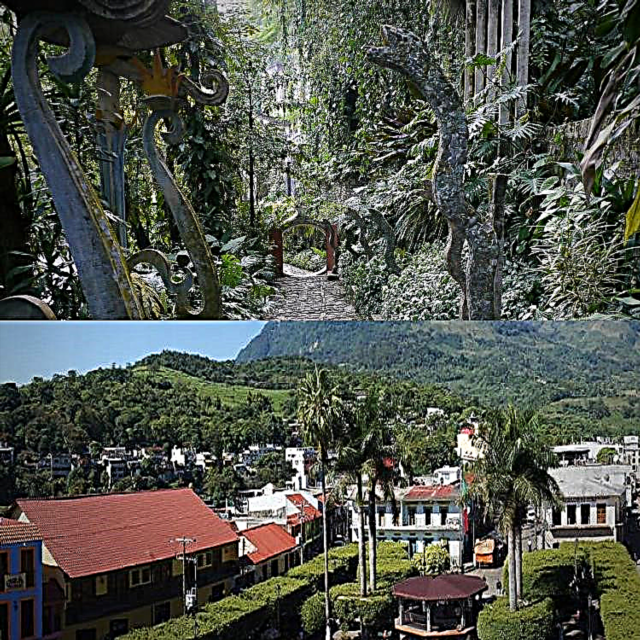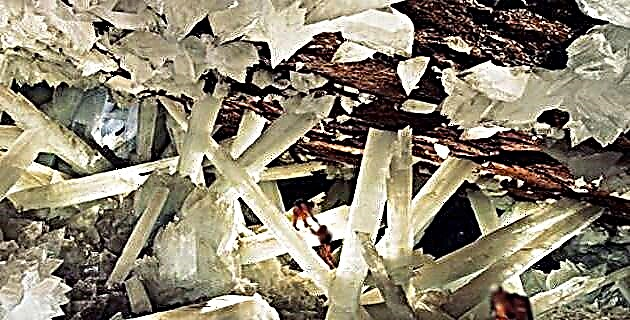
As a result of almost 50 years of systematic exploration and studies, today we know of the existence of several thousand caves in Mexico, as well as a potential that is still far from being exhausted.
We have a very large country, with one of the most diverse geographies, which in many respects is still very unknown. Explorers are needed, a lack that is more evident in our underground world, which, being so immensely rich, has been made known mostly by speleologists from other countries.
On the other hand, the caves of our country are part of a natural heritage that we are obliged to protect. Its care and conservation concerns us. The ecological function of caves is of great importance and has to do with the conservation and management of aquifers and groundwater that sustain many populations and even cities.
Caves once saved humanity from severe weather, and they could do it again. The discovery of the Naica caves, especially the Cueva de los Cristales, where the meeting of extremely rare conditions left us a fragile wonder, speaks to us of the very fragility of life and of the human being.
Cavers are witnesses of great natural wonders, unsuspected for those who never peek down, that is, for the vast majority of human beings. Because finally that is the cave explorers, privileged people who for some reason have been allowed to witness the underground world, not to say that we are conquering it, because it is not true, but to attest to those wonders that we are a tiny part.
What fascinates cave explorers
It is about the large number of vertical shots that caves in Mexico present, but above all because they reach a considerable magnitude. There are many that consist only of a large vertical shaft, such as a well.
From the great record of the caves of Mexico, 195 shots are known to date that exceed 100 m of free fall. Of these, 34 are more than 200 m vertical, eight are more than 300 m and only one is more than 400 m. The other 300 m in absolute verticality are among the deepest abysses in the world. Of these great abysses, the most outstanding are the already mentioned Sótano del Barro and the Sótano de las Golondrinas.
Many of the shafts over 100 m vertical are part of larger cavities. In fact, there are caves that have more than one of these great shafts, as in the case of the Sótano de Agua de Carrizo, part of the Huautla System, which has a shaft of 164 m towards the level of 500 m of depth; another of 134 m at the 600 m level; and another, 107 m, also below the 500 m level.
Another case is that of the Ocotempa System, in Puebla, which has four wells that exceed 100 m in verticality, starting with the Pozo Verde, one of the entrance shafts, with 221 m; the Oztotl shot, with 125 m; a 180 m shot towards 300 m depth, and another of 140 towards 600 m. In addition, not a few of these great ones come to form imposing underground waterfalls. A very impressive case is that of the Hoya de las Guaguas, in San Luis Potosí.
The mouth of this cavity has a diameter of 80 m and opens to a 202 m deep well. Immediately there is a second fall, this one of 150 m, which accesses one of the largest underground rooms in the world, since its ceiling almost reaches 300 m in height. The total depth of Guaguas is overwhelming: 478 meters, like no other registered in the world. It is still being investigated.











